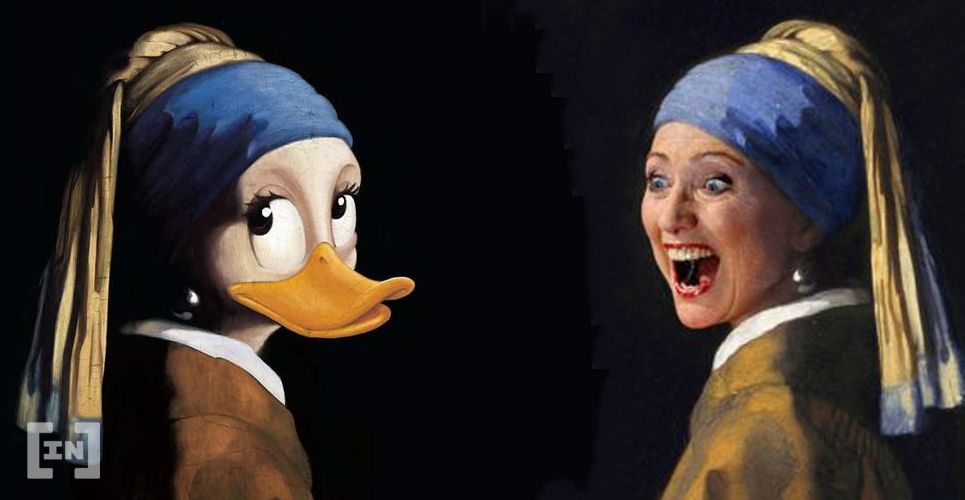A manufactured video of US Speaker of the House Nancy Pelosi has recently spread across social media that makes her look drunk during a public speech. The content was quickly found to be one of many deepfakes, but not before it made the rounds on YouTube, Twitter, and Facebook.
These altered videos or “deepfakes” are nothing new, with ones of Mark Zuckerberg and Barack Obama appearing as well. While the prospect of such content is terrifying enough, what’s worse is how these pieces of media can spread.
In the case of Pelosi, the three social giants each handled the content a little differently. YouTube took it down, though Facebook and Twitter let it stay. The former validated this by pushing articles from fact-checkers. It’s a strange case, considering social media platforms are here to generate discussion. But where is the line between criticism and personal attack?
Deepfakes: A Simple Creation Process
That’s not to mention how easy it is to create deepfakes using artificial intelligence and machine learning. According to the New York Times, thousands are using a software called FakeApp to overlay the faces of public figures onto pornstars. Creators often share these videos on Reddit, who have shut down a couple of groups hosting up to 100,000 members at a time. But, these creators are only going to move elsewhere. The solution isn’t to stop deepfake makers, but to stop the spread of their content. The Washington Post reports that AI researchers “aren’t ready” for the influx of deepfake videos. “The number of people working on the video-synthesis side, as opposed to the detector side, is 100 to 1,” says Hany Farid, a digital forensics expert at University of California Berkeley.Fighting Fire With Fire
While emerging technologies like A.I. help create deepfakes, we can look at other tech like blockchain to help fight them. BeInCrypto has already reported on the U.S. government looking to blockchain for record verification. The process is done via hashing or assigning a one-time identifiable phrase to a piece of content. So, if a deepfake of Pelosi were to spread on a blockchain-based social media platform, one could check its hash against the original video and see that it’s fake. From here, blockchain could also tackle the issue of governance. On centralized platforms, the company in charge has the final say on what stays and what goes. A blockchain platform instead relies on the community to make a decision. No longer would we rely on Jack Dorsey’s and Mark Zuckerberg’s dictating content on social media. It’s not a perfect solution, but at least the people would have a say. Do you believe blockchain technology can help fight deepfakes? Let us know your thoughts below.Disclaimer
In adherence to the Trust Project guidelines, BeInCrypto is committed to unbiased, transparent reporting. This news article aims to provide accurate, timely information. However, readers are advised to verify facts independently and consult with a professional before making any decisions based on this content. Please note that our Terms and Conditions, Privacy Policy, and Disclaimers have been updated.

Max Moeller
Max is a cryptocurrency journalist with an affinity for games and emerging technology. After leaving school to start a writing career, he wrote his first article on blockchain and fell down the rabbit hole. Since starting in 2017, Max has worked with multiple blockchain startups and crypto enthusiast spaces, doing his best to educate the world on the nascent technology. Max has been published in various blockchain and crypto related magazines before settling down at BeInCrypto to focus on...
Max is a cryptocurrency journalist with an affinity for games and emerging technology. After leaving school to start a writing career, he wrote his first article on blockchain and fell down the rabbit hole. Since starting in 2017, Max has worked with multiple blockchain startups and crypto enthusiast spaces, doing his best to educate the world on the nascent technology. Max has been published in various blockchain and crypto related magazines before settling down at BeInCrypto to focus on...
READ FULL BIO
Sponsored
Sponsored


